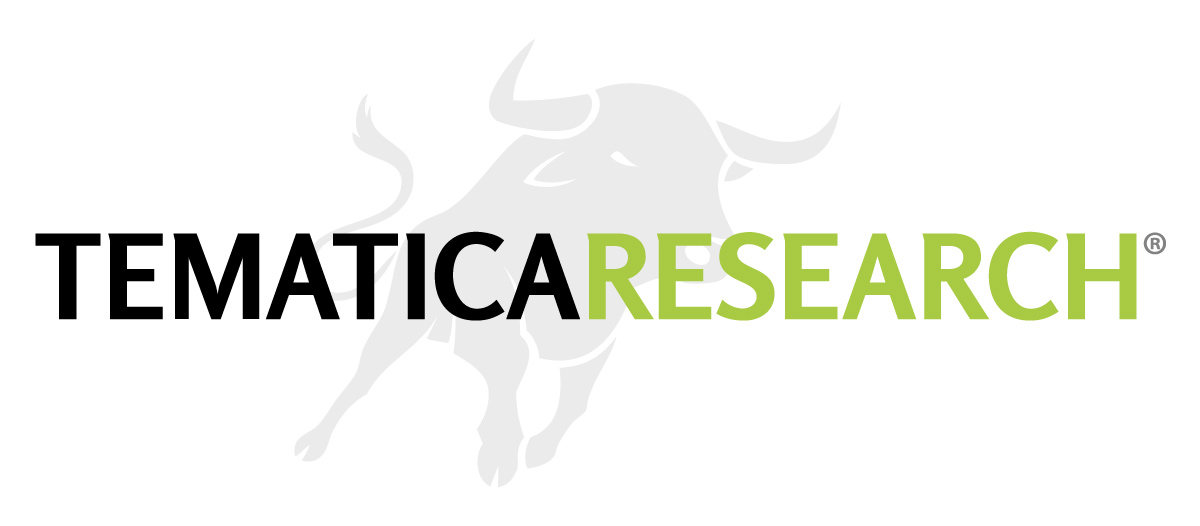If consumers are confident and earning more than ever, why aren’t they spending?
While this article from Bloomberg demonstrates that the consumer has a greater ability than ever to pay off debt, the reality is they aren’t doing it. As we wrote in today’s edition of Monday Morning Kickoff, last week the NY Federal Reserve reported US household debt hit $12.29 trillion in 2Q 2016, up $434 billion from a year earlier. The culprits were:
Greater auto debt, up $97 billion year-over-year to $1.10 trillion, coinciding with the 17.5 million cars and light trucks sold in the U.S. in 2015, breaking a 15-year record and a 5.7 percent increase over 2014.
Higher credit card debt, which marked its 14th consecutive quarterly increase as well as higher levels of both mortgage debt and student loan debt. Even though interest rates remain low, higher debt levels generate greater interest payments and pressure already stretched consumers incomes.
The consumer spent much of the recovery adding to their savings, and Doyle says that they are now poised to start using better credit scores to take on debt. “[A]fter being a drag on consumption for much of the expansion, the consumer is poised to begin a period of modest releveraging,” he writes. “Combined with interest rates near record lows, credit trends can once again provide support to consumption.”
Source: Why the Most Important Driver of the U.S. Recovery Is Still Intact – Bloomberg




